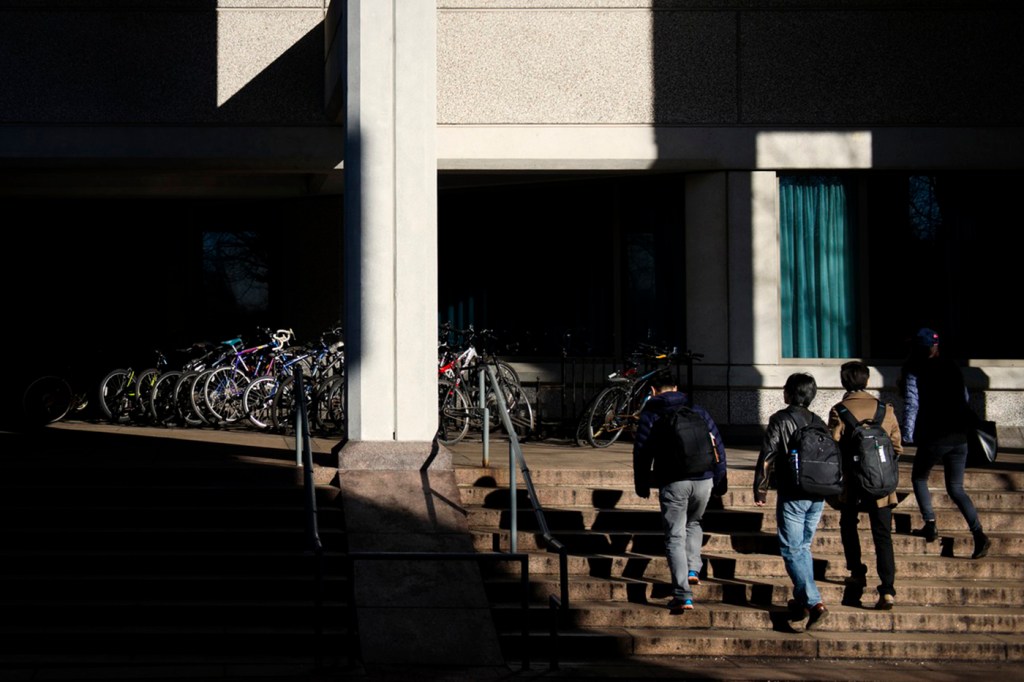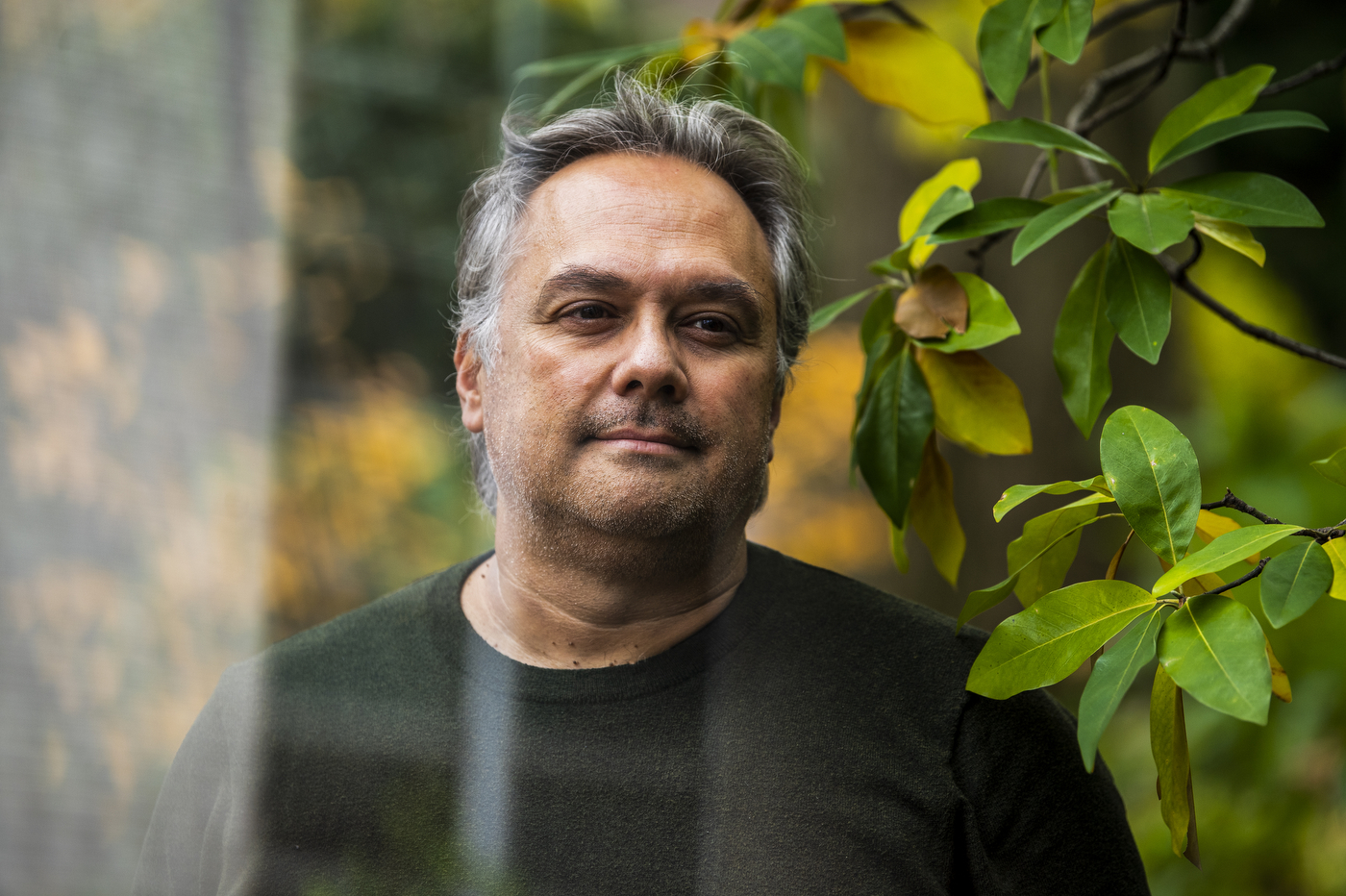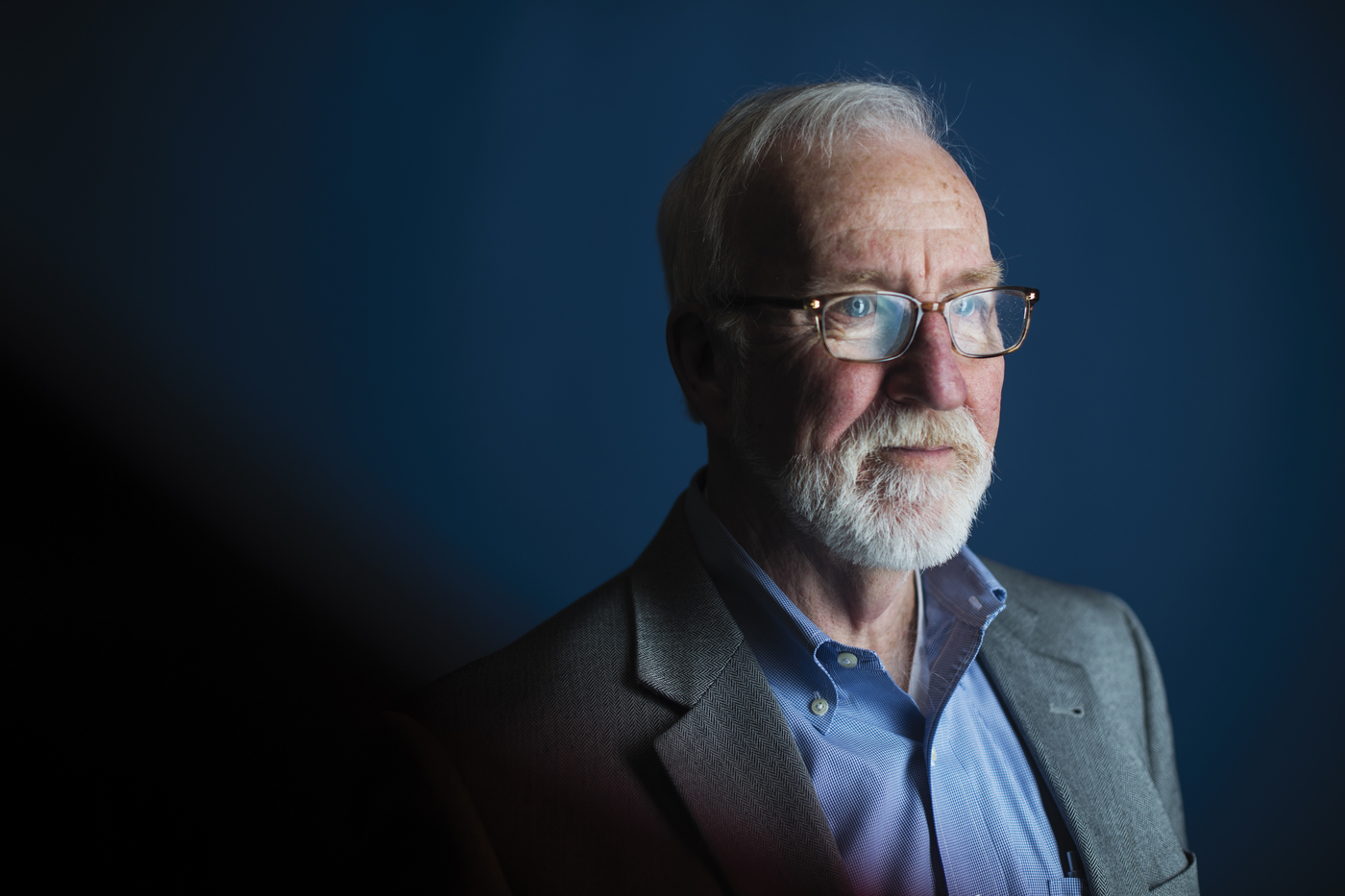A new guide helps schools deal with hate crimes

A hate video incites a fight between students. A high school boys hockey team engages in racist, homophobic, and anti-Semitic hazing. A gay teen describing the bullying she has experienced is heckled by a parent at a school board meeting.
The desire to prevent and respond to these kinds of incidents at Massachusetts schools has led to the development of the School Hate Crime Resource Guide, which was assembled by Northeastern’s Institute on Race and Justice in collaboration with American University and the Anti-Defamation League of New England.
In support of the new guide, Massachusetts is offering $400,000 in grants for school districts to support the development and implementation of anti-hate crimes programming.
School districts and universities apply policies and states enact laws to mitigate hate crimes. Nonetheless, one in five Massachusetts hate crimes takes place at an educational institution, a trend that is mirrored nationally.
“You really want something like this to help promote a different culture in schools,” says Cuevas, a professor of criminology and criminal justice who co-directs the Violence and Justice Research Lab at Northeastern. “The overall message to the school community should be, ‘We know it can happen, we know it’s there, but we’re not OK with it. We’ve got ways to make sure it doesn’t happen, and we deal with it when it does.’’’
Cuevas and McDevitt—a professor of the practice in criminology and criminal justice who directs the Institute on Race and Justice—spoke with News@Northeastern about methods for preventing and responding to hate crimes. Their comments have been edited for brevity and clarity.


How can hate crimes in schools be prevented?
CUEVAS: How you address these issues with a first- or second-grader looks very different than how you address these issues with a middle-schooler.
As kids get older, you’re looking to do both primary and secondary prevention, where you’re looking to stop kids from doing it in the first place, but also intervening when you see some of these behaviors.
The core to the guide is that it really needs to be not just with the kids, but with parents, with school administrators, with teachers, because it really is a system-based approach to both preventing and addressing these issues. It’s not enough to just talk to the kid; you’ve got to get parents and faculty and administrators involved.
Why is it important for schools to take on these issues?
MCDEVITT: Nationally and in Massachusetts, schools are the third most common location [for hate crimes]—high schools, middle schools, and also colleges and universities. Unfortunately, these things are happening all around us.
One of the things that the guide does is to encourage bystander work—that if students see this going on in their school, even if they’re not the victim, they should be the one stepping in to support the victim, to report the crime, and to know that they have a role in prevention.
How has the COVID-19 pandemic influenced these issues?
MCDEVITT: COVID has made it more stressful and increased the fear and anxiety that people have. Sometimes when that happens, we see this blaming of other groups, which is certainly the case of the anti-Asian violence that we’re seeing around the country. We see innocent folks walking down the street being thrown to the ground, having nothing to do with the virus but being blamed for it, and how it changed the whole community—people were afraid to go out, people wouldn’t go to the store, and people formed squads so that somebody wasn’t alone.
It can change your whole lifestyle when you start to fear that you’re a target because of the characteristics that you have. You carry that cause of your victimization around with you, which makes it a very threatening criminal incident.
What should be the response?
MCDEVITT: Organizationally, the schools have to acknowledge it and then they have to condemn it. They don’t need to involve the police necessarily, depending on the severity of the incident, but they have to make it clear that it’s not going to be tolerated, so that the message to the whole school is that these incidents are wrong.
CUEVAS: From the victim’s point of view, we are taking a victim-centered approach in the sense of ensuring that they’re protected. What do they need? For some kids, they’re going to brush it off, it’ll be OK. But for some kids, these are the kinds of things that are traumatic in nature.
Some of this may or may not be the school’s responsibility, but certainly the school can help facilitate and inform if that’s helpful, whether it be the family, whether it be other peers, whatever the case may be. So I think part of it is getting a good sense of how this has impacted the individual and/or the community, and then providing the appropriate service or intervention or resource for those affected. There is going to be a lot of variability. Sometimes it’s not going to be much, and sometimes it’s going to have to be more significant intervention.
You recommend that schools assign people to be responsible for dealing with these incidents—why?
MCDEVITT: Hate crimes aren’t an everyday occurrence, thank God. They’re relatively rare. And so you need people who have expertise. You don’t want to have a brand new person learning how to deal with this every time there’s a new incident.
The other thing is that people have to know where to go. Victims have to know that this is the person that I can talk to about this. If you’ve been trained and you’ve dealt with these incidents in the past, you’re more likely to be able to help both the victim and the offender when the situation presents problems.
CUEVAS: It’s about the perpetrators as well. There are cases where there’s a consequence—but you also want it to be a learning opportunity for these kids. Why is it not OK? How would you do things differently?
You’ve got to also address the perpetrator because there’s an opportunity for them to learn to do these things differently. If not, it’s just going to reinforce the idea that this behavior is acceptable and there’s no reason to change it.
For media inquiries, please contact media@northeastern.edu.





